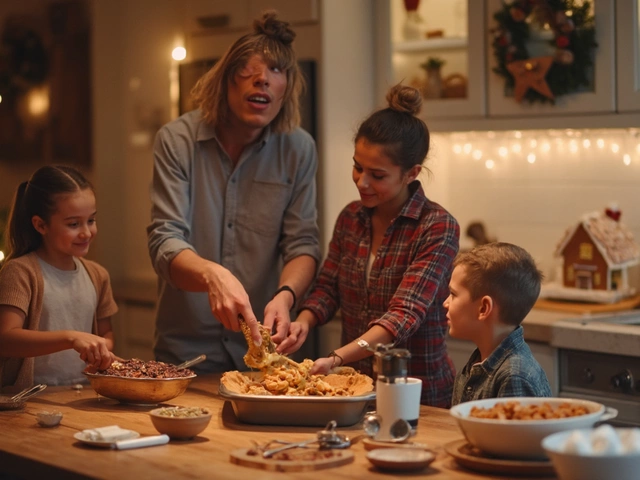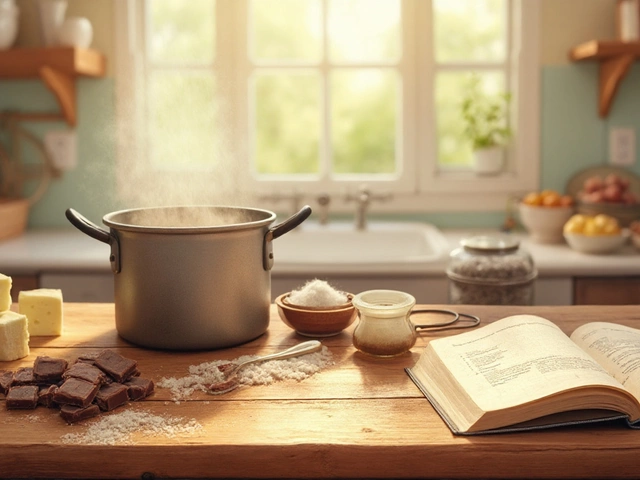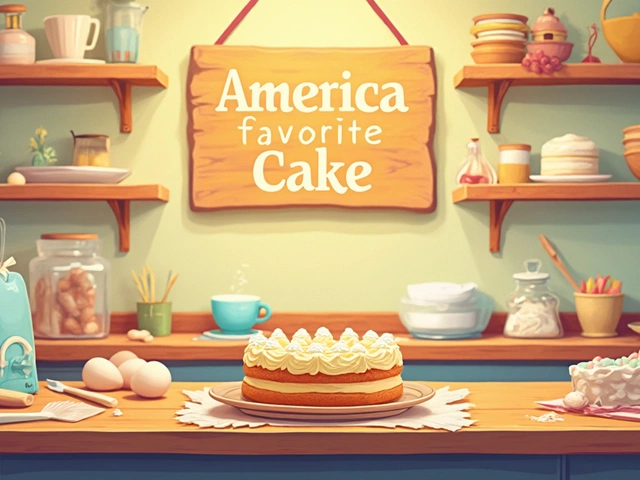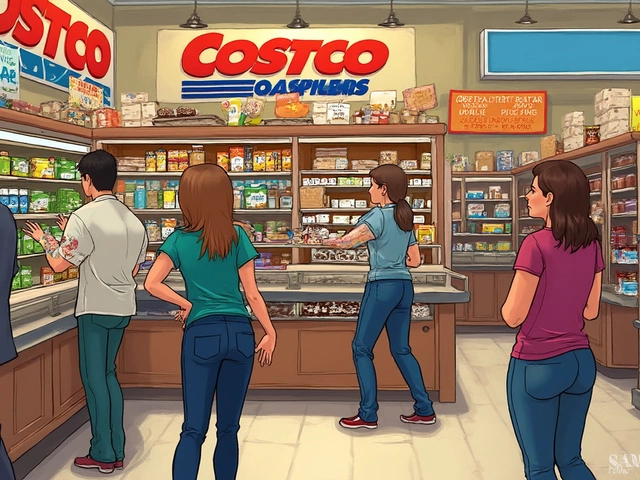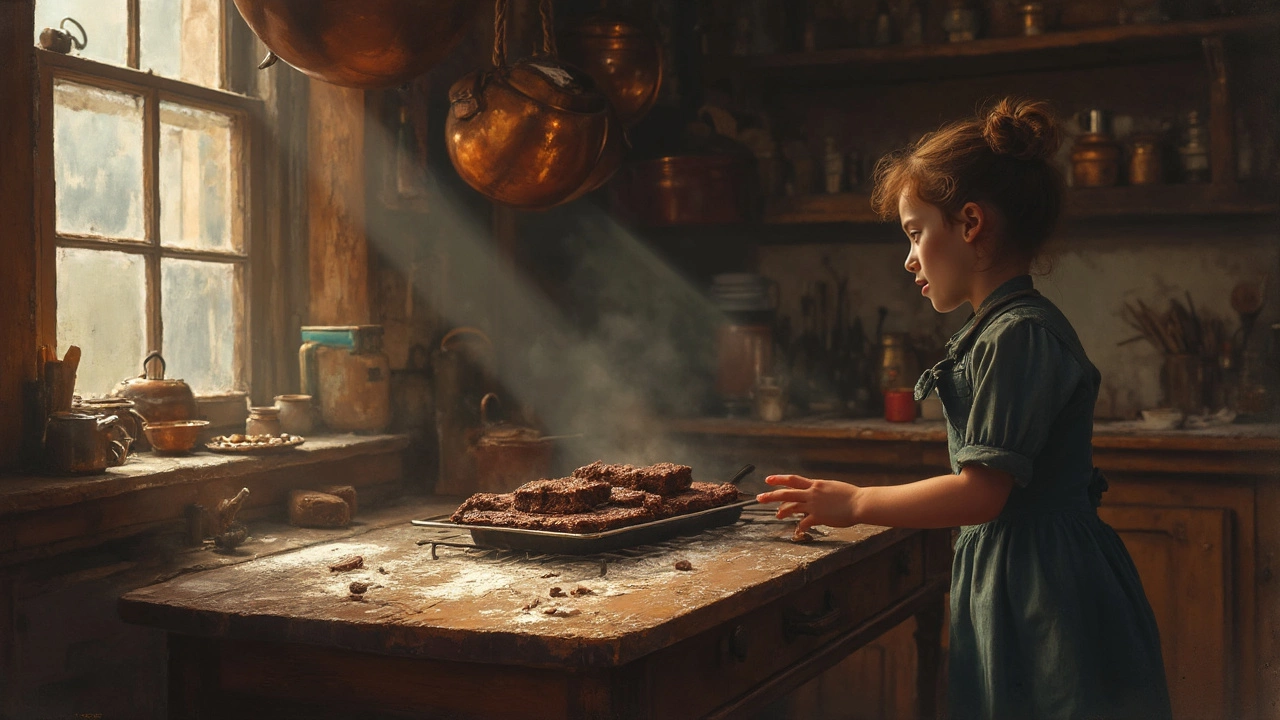
Who invented the brownie? This question gets more tangled than a batch of over-mixed batter. People love the story that brownies popped up by accident—someone supposedly forgot to add baking powder, so a chocolate cake turned dense and fudgey. Pretty relatable, right? But if you poke around old cookbooks, the truth’s a bit messier (and I think, way more interesting).
The first actual recipe for brownies showed up in the late 1800s, tucked into a community cookbook from Chicago. No big shiny debut, just a small entry in the dessert section. It wasn’t even loaded with chocolate—the earliest brownies were more like blondies since they used molasses or brown sugar. Imagine expecting chocolate and getting that!
The Real Story: Brownie Beginnings
So, where did the brownie origin story actually start? Let’s head to Chicago in 1893. The Palmer House Hotel needed a portable, easy-to-eat chocolate dessert for ladies’ lunchboxes at the World’s Fair. Their chef mixed up a dense, rich chocolate treat, all cut into squares, and the Palmer House Brownie was born. You can still get their sticky walnut version today, by the way. No cake “fail” here—just smart menu planning.
The word “brownie” wasn’t widely used for chocolate bars until the early 1900s. A cookbook called the Boston Cooking-School Cook Book by Fannie Farmer published a recipe in 1906 that looked a lot more like the brownies we know now—chocolate-heavy and fudgey, made in a flat pan, then sliced up. Before that, anything called a brownie was more likely a molasses snack or blondie-style.
Back then, recipes were simple: butter, chocolate, sugar, eggs, and just a bit of flour. That’s it. Even now, you don’t need a ton of fancy ingredients. The classic chewy brownie is all about balancing those basics. Tip: If you use chocolate instead of just cocoa, you’ll get that deep, gooey texture that makes brownies so addictive.
Brownies went from a hotel treat to a home kitchen staple pretty fast. As more people bought Fannie Farmer’s cookbook, they swapped in their own tweaks—nuts, extra chocolate, or a touch of espresso if you want to level up the flavor. That’s part of the magic: simple, flexible, and impossible not to love.
Myths and Mix-Ups
Brownies have more legends swirling around them than most desserts at a bake sale. One of the biggest myths? That the first brownie popped up because a clumsy baker forgot to add baking powder to a chocolate cake. Cute story, but there's zero proof in the old books. Some people even claim it was invented for a ladies’ lunch at the Palmer House Hotel in Chicago. This one actually checks out—there’s a recipe from 1893 for a chocolate dessert that sounds a lot like the brownies we eat now, only it’s got walnuts and an apricot glaze. Fancy, right?
Then there’s the confusion over what actually brownie origin means. A lot of folks assume brownies have always been super chocolatey. Nope. Early “brownie” recipes, like the ones from Fannie Farmer’s 1906 cookbook, were sometimes more like molasses bars. Chocolate started taking over only once cocoa and chocolate bars got cheaper and more available in the 1900s. That’s when brownies started looking and tasting like what we crave today.
Even the word "brownie" caused mix-ups. There were recipes called "brownies" before the dessert even existed, and they were more like cookies (totally not chocolate). So, if you’re flipping through your grandma’s recipes and see an old “brownie” recipe, check the ingredients before assuming it’s the classic chocolate version.
Here’s an overview of some key brownie dates:
| Year | Notable Event |
|---|---|
| 1893 | Palmer House Hotel serves a chocolate square with nuts and apricot glaze |
| 1896 | Boston Cooking-School Cookbook prints molasses “brownie” bars |
| 1906 | Fannie Farmer’s cookbook features chocolate brownies |
| 1920s | Baking chocolate becomes common, brownies get fudgier |
So the next time someone swears their grandma invented brownies, just smile and know the real story is way more tangled—and way more fun to share.
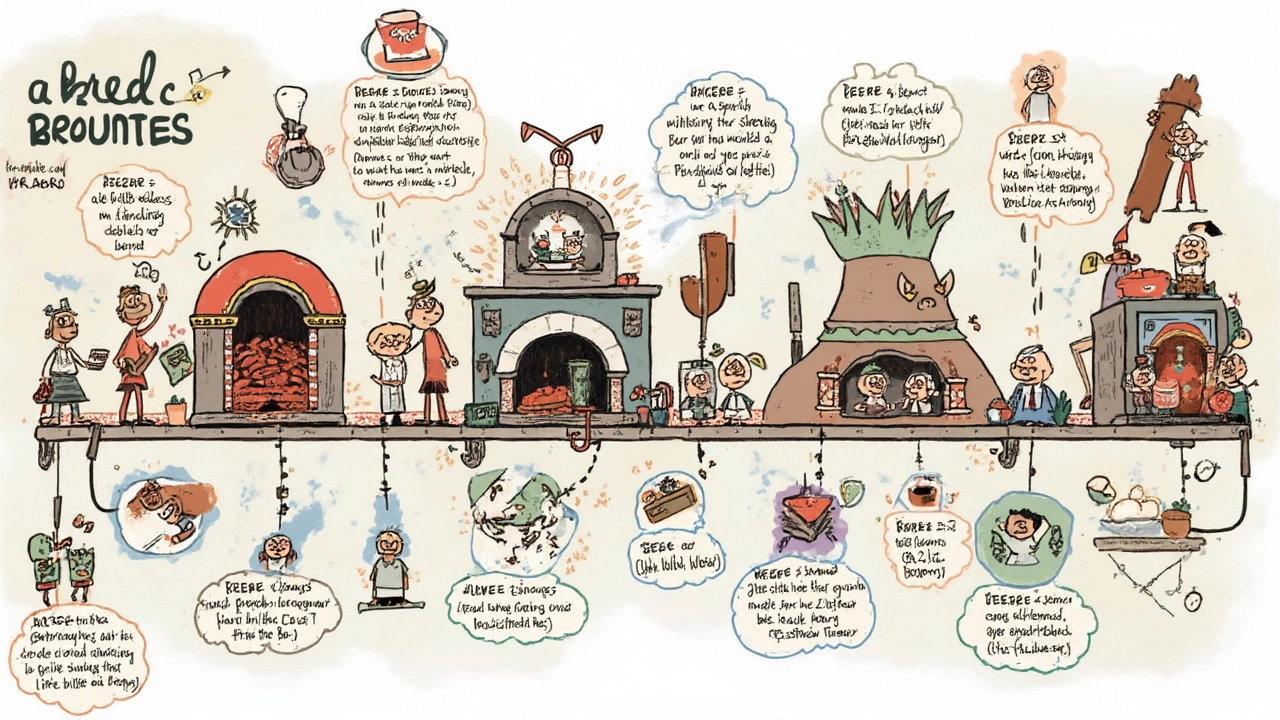
Brownies Go Mainstream
The journey from quirky recipe to household favorite didn’t happen overnight. By the early 1900s, cookbooks like Fannie Farmer’s were scooping up the brownie, and she is often credited with giving the recipe its first real spotlight in her 1906 edition. Suddenly, the brownie origin story had a wider audience.
The 1920s really pushed brownies into the spotlight. More families started getting kitchens with reliable ovens, and chocolate got easier to buy in grocery stores. Food advertisers jumped on the brownie bandwagon, too. Companies like Nestlé and Hershey printed brownie recipes on packages; people loved seeing that brown, shiny square on the back of a chocolate bar wrapper. That’s really when brownies started popping up everywhere—school bake sales, family holidays, and diners.
Favorite quote time. Food historian Sheila Hoff explained,
"Brownies' rise to fame matched America's obsession with easy, homemade treats. Their simplicity and rich flavor hit that sweet spot between cake and cookie."
Home cooks got creative, and the trend didn’t stop at plain brownies. Chopped nuts, cream cheese, fudge layers, and even marshmallows started sneaking into the pan. The simple treat had officially become a canvas for wild dessert hacks—and it hasn’t slowed down since.
Here’s something fun: The first boxed brownie mix hit supermarkets in the 1950s. That box made brownies way faster and more consistent for busy families. If you grew up in the U.S., odds are you’ve grabbed a box at least once!
Home-Baking Tips
I’ve made my fair share of brownies, and trust me, there’s more to getting that perfect chewy square than just tossing everything into a bowl. If you want to nail that classic texture, start by ditching the electric mixer—use a simple whisk or even a wooden spoon. Over-mixing adds too much air, which takes away that rich, dense bite everyone loves.
If you want gooey brownies, take them out at the lower end of your bake time, usually around 20-25 minutes for an 8x8 pan at 350°F (180°C). If you’re after something firmer, leave them in another 5-7 minutes. And don’t forget, brownies finish setting as they cool, so don’t panic if they seem a bit soft coming out of the oven.
- Use real butter for a richer flavor. Margarine just doesn’t cut it.
- Always let brownies cool before slicing. A warm knife also helps make cleaner cuts.
- Line your pan with parchment, leaving overhang so you can lift the brownies out without hassle.
- For shiny, crackly tops, beat the eggs and sugar together until they look pale and thick.
If you’re curious about portions, one 8x8 pan usually gives you about 16 brownies, depending how generous you are with the knife.
| Problem | Fix |
|---|---|
| Dry, crumbly brownies | Bake for less time; check your oven temp isn’t running hot. |
| Cake-like texture | Reduce flour slightly, add an extra egg yolk for fudgier results. |
| Brownies stuck to the pan | Line with parchment or grease well. |
My last tip? Don’t stress about perfection. The best brownie origin stories probably started with a little kitchen mistake anyway. The only real rule: brownies should taste amazing and put a smile on your face.


